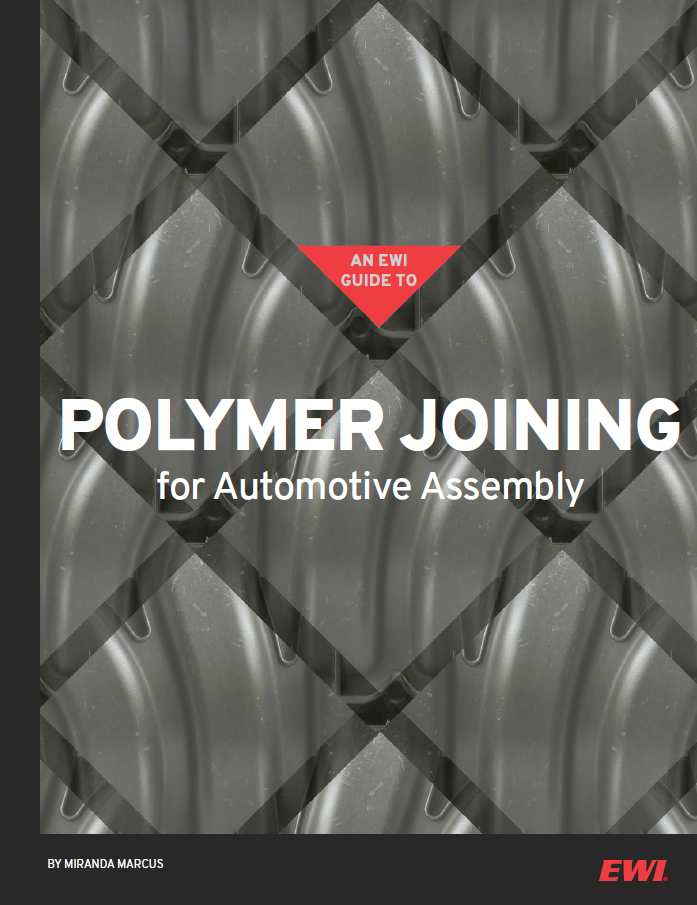
The use of polymers in automobile manufacturing is commonplace these days – for good reason. Replacing metal parts with plastic components contributes to lighter overall weight, greater fuel efficiency, ergonomic exteriors, safe and stylish lighting, comfortable interiors, and improved noise reduction.

It can be tricky, though, to join polymers – to each other, metal parts, or to composites. Joining dissimilar materials requires a thorough understanding of the properties of each one. In addition, the structure and function of the vehicle systems that integrate plastic parts vary widely and have their own requirements that must be considered. These include:
- Head and tail lamps – critical to safe driving and an important style element
- Car engines – lighter construction can lessen fuel consumption and improve emissions
- Interior layout and construction – redesigned components can enhance safety and user experience
- Insulation – minimizes noise, vibration, and harshness when secured effectively to car parts

There are several joining methods for polymer assembly – but how do you know which one to use? Which one will best support a particular component? Which one will last?
An EWI Guide to Polymer Joining for Automotive Assembly presents joining options for several common automotive applications and advice for making the right decision for your components.
You are invited to download this concise guide – for free – by simply completing the form below:
Are you faced with a polymer joining challenge right now? Our experienced team of automotive joining specialists can provide the best options to help you save time, money, and materials. For assistance, contact Miranda Marcus today at [email protected].
To view the guide, please submit the form above.
To speak to an EWI expert about a project, call 614.688.5152 or click here.